What can you get out of green cleaning?
Essential equipment for non-toxic cleaning: these products you need
Cleaning Soda - The Universal Cleaning Genius
Proven recipes and combinations with cleaning soda
White vinegar - Unstoppable against limescale and odour
Proven recipes and combinations with white vinegar
- Window spray: 1:1 with water.
- For limescale: use undiluted white vinegar - ideally fixed with a cloth. Rarely use in the washing machine because of possible damage to the seal - otherwise just about one scoop per wash cycle in the fabric softener dispenser.
- Mix vinegar and water in a 1:2 ratio and apply directly to the soiled surface, leave fora few minutes and rinse or wipe. It can also handle grease.
- Soft and fragrant towels: Pour vinegar (approx. 100 ml per 4-5 kg of laundry) into the fabric softener compartment.
- A sparkling shower: Spray with vinegar, leave for a few minutes and rinse.
- Shiny, odourless fridge: Wipe with a solution of vinegar and water, odours will disappear in no time.

Citric Acid - Natural descaler
29,00 Kč
Citric Acid - Natural descaler
Proven recipes and combinations with citric acid
Sodium Percarbonate - Stain Remover, the power of active oxygen
Proven recipes and combinations with sodium percarbonate
TAED Percarbonate Activator - Ecological bleaching at low temperatures
Do you want to bleach even at low temperatures? TAED activates PUER from as low as 30 °C - and your laundry stays sparkling clean.
What TAED helps with: activates sodium percarbonate for bleaching already at 30-40 °C, increases efficiency, removes stains, cleans surfaces.
What to mix it with: Sodium percarbonate.
What not to mix it with: Ineffective without percarbonate.
Proven recipes and combinations with TAED
Bleaching with percarbonate: Add half a teaspoon of TAED and 2 tablespoons of percarbonate to the detergent dispenser. With percarbonate, it is already effective at 30-40 °C.
Washing Soda - The Master of Water Softening and Stain Removal
Increase detergent performance and get rid of stains - washing soda is the basis for the success of every wash.
It softens water, removes grease, cleans textiles and neutralises odours.
On what surfaces can it.
On what surfaces it cannot: Sensitive surfaces, enzymatic substances.
What to mix it with: Marseille soap, sodium percarbonate.
What not to mix it with: Acids, chlorine, enzymes.
Proven recipes and combinations with washing soda
- For washing oily cloths: add 2 tablespoons to the washing machine drum and turn on to 60 °C.
- Add 1-2 tablespoons of washing soda to the detergentfor better results and stain removal.
- Making your own washing powder: Finely grate natural olive oil soap, carefully mix washing soda and soap in a 4:1 ratio. Keep the mixture in a closed container. The recommended dosage is 2 tablespoons per 5 kg of laundry.
Epsom Salt - Smart cleaning without compromise
Limescale, smell and clogged drains? Epsom salt is a natural solution that really works.
What salt helps with: destroys limescale, loosens deposits, cleans sinks, reduces odors, cleans tile, grout, stainless steel, garbage.
What surfaces can it work on: Bathtubs, sinks, kitchen countertops.
Combination with soap (produces a grey coating).
What to mix it with: Warm water, dish detergent, essential oils.
What not to mix it with: Vinegar, acids, soda, soap.
Proven recipes and combinations with Epsom salt
- Paste for cleaning the bath, sink, tiles or kitchen: Epsom salt + dishwashing liquid in a 1:1 ratio.
- For limescale: Dissolve the salt in water and rub this mixture on the areas and fix with a cloth.
- To clean the waste: Pour a handful of salt directly into the waste, pour hot water over it and leave it for a few hours.
- Neutralise unpleasant odours: Sprinkle salt on the bottom of the bin.
Osvědčené recepty a kombinace s epsomskou solí
- Pasta na čištění vany, dřezu, dlaždiček nebo kuchyně: Epsomská sůl + prostředek na nádobí v poměru 1:1.
- Na vodní kámen: Rozpustit sůl ve vodě a touto směsí potřít místa a zafixovat hadrem.
- Čištění odpadů: Nasypat hrst soli přímo do odpadu, zalít horkou vodou a nechat několik hodin působit.
- Neutralizace nepříjemných pachů: Rozsypat sůl na dno odpadkového koše.
Hydrogen Peroxide - A gentle cleaner with bleaching power
Hydrogen peroxide is an effective cleaning agent suitable for the whole household. From removing stains to cleaning joints.
What does peroxide help with: bleaches textiles, removes stains, cleans bathrooms, whitens joints and corners, disinfects, mildews.
What surfaces it can: Joints, toilets, toothbrush (disinfectant), white linen.
On what surfaces it cannot: coloured linen, combinations with acids.
What to mix it with: Washing soda (immediately), essential oils, mild tensides.
What not to mix it with: Vinegar, citric acid, chlorine, baking soda (long term).
Proven recipes and combinations with hydrogen peroxide
- Paste for joints: soda + hydrogen peroxide.
- Bloodstains. Or a paste of cleaning soda and hydrogen peroxide can also be used.
- Disinfecting (e.g. toothbrushes): Soak in hydrogen peroxide for 10 minutes and then rinse.
- Cleaning stains: Soak the cloth in cold water, apply peroxide, leave on and wash at 60 °C.
- Bleach curtains and textiles: Add peroxide to the soaking water (approx. 100-150 ml per 3-5 l of water), leave for a few hours and wash.
Clean home, clean conscience, clean composition. And a cheat sheet for non-toxic free downloads
Non-toxic cleaning is not a trend. It's a return to simplicity that works. When you know what you're using, you clean with more ease - and more peace of mind. Non-toxic raw materials can handle everything you normally tackle with commercial products.
Just know their properties, combinations and a few proven recipes. And that's exactly what our easy-to-follow guide to non-toxic cleaning, which you can print out, stick on your fridge and keep handy when you're cleaning.
We hope it serves you well!
PS: Don't forget to check out our Cleaning Helpers. These are handy gadgets that will make cleaning even easier!
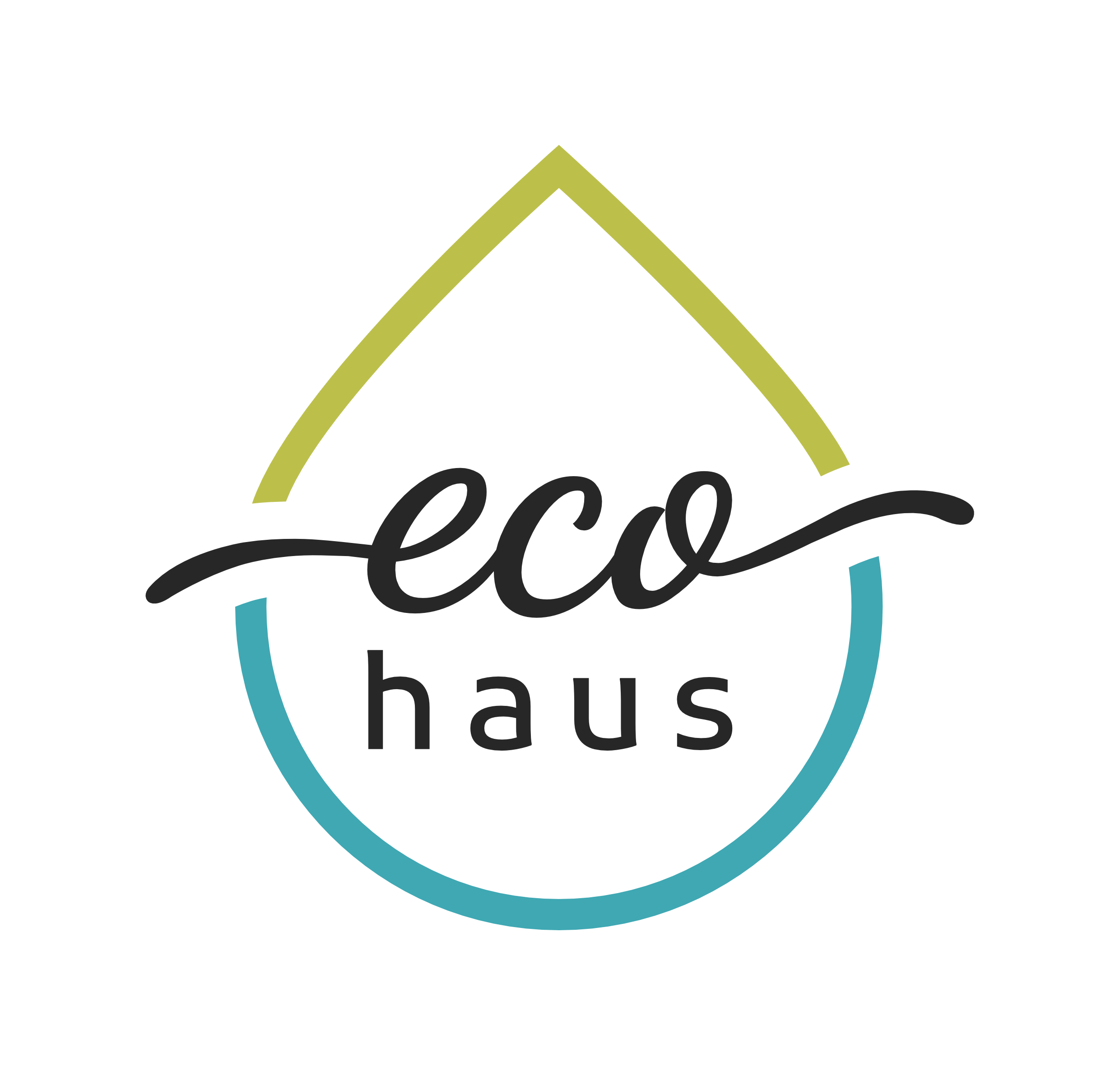

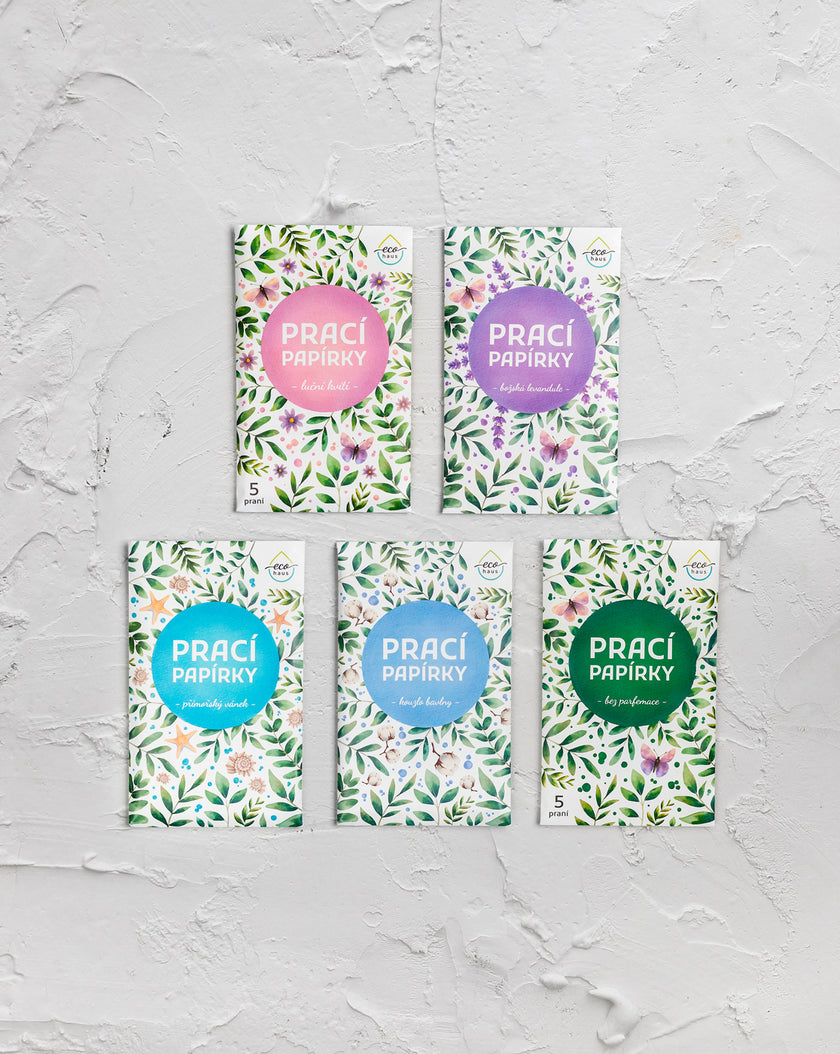
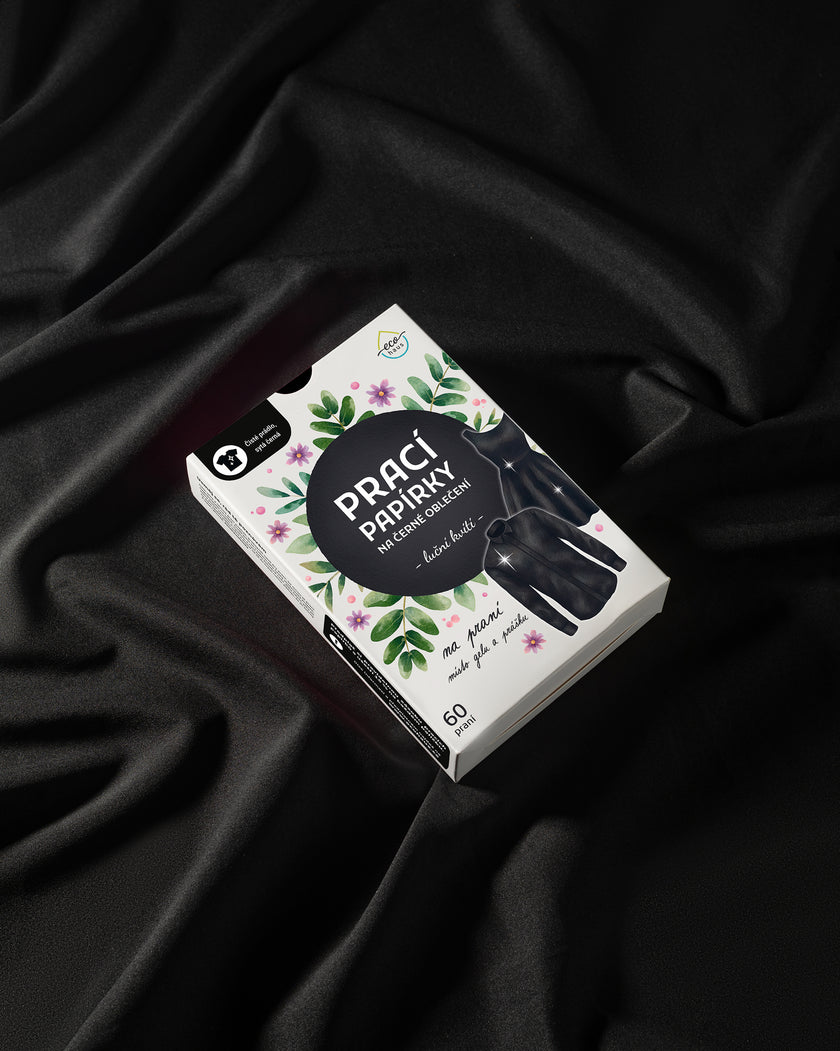



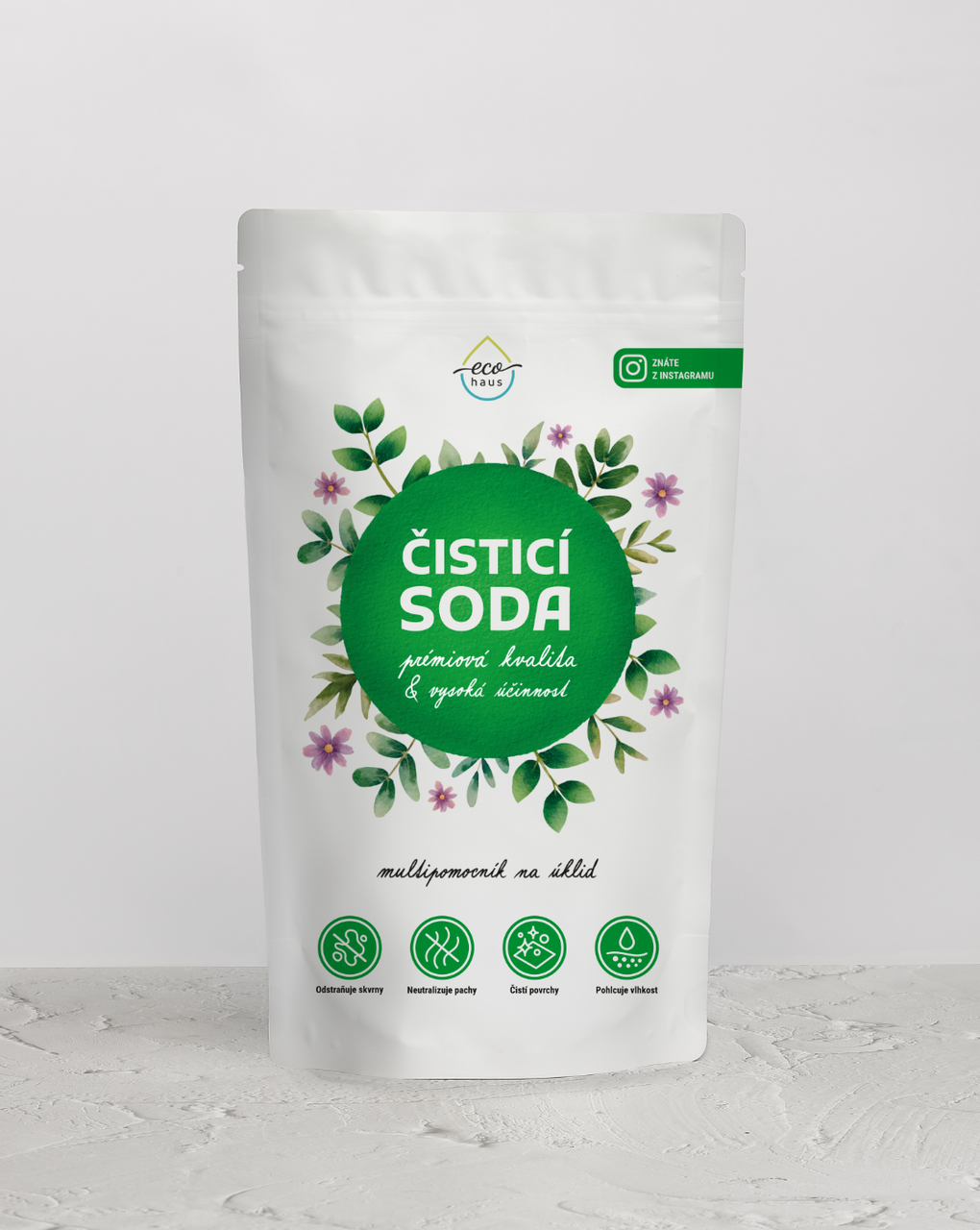
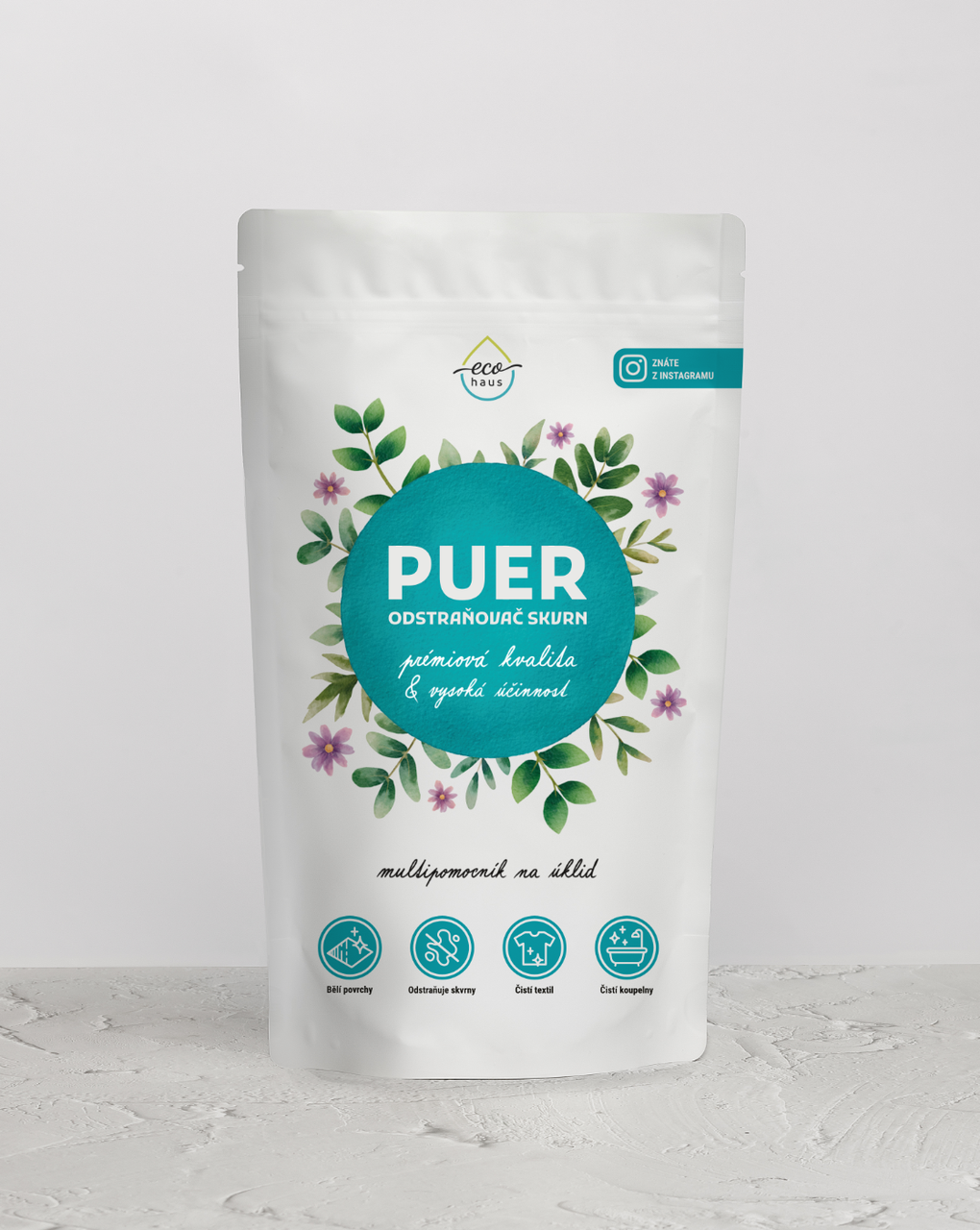
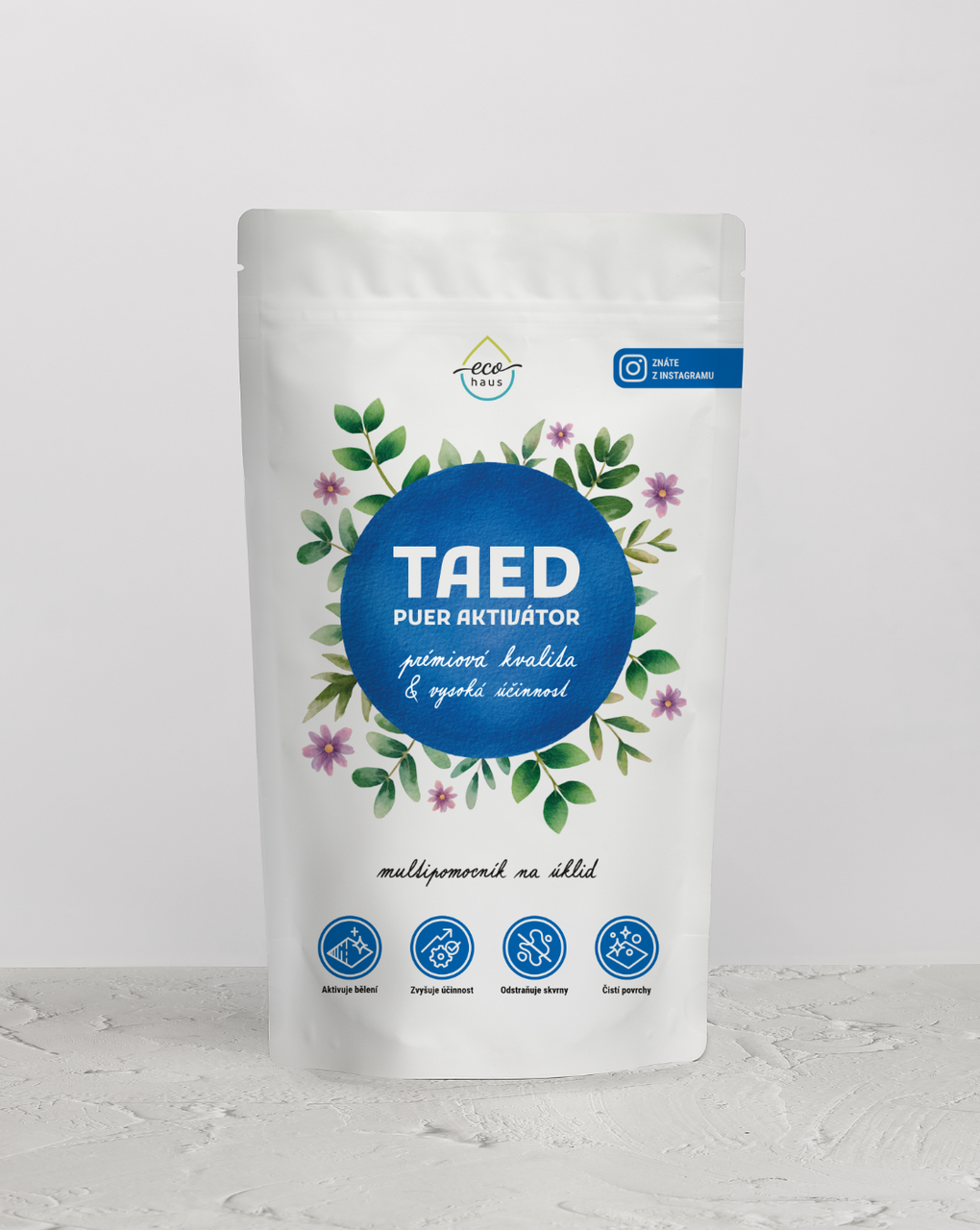

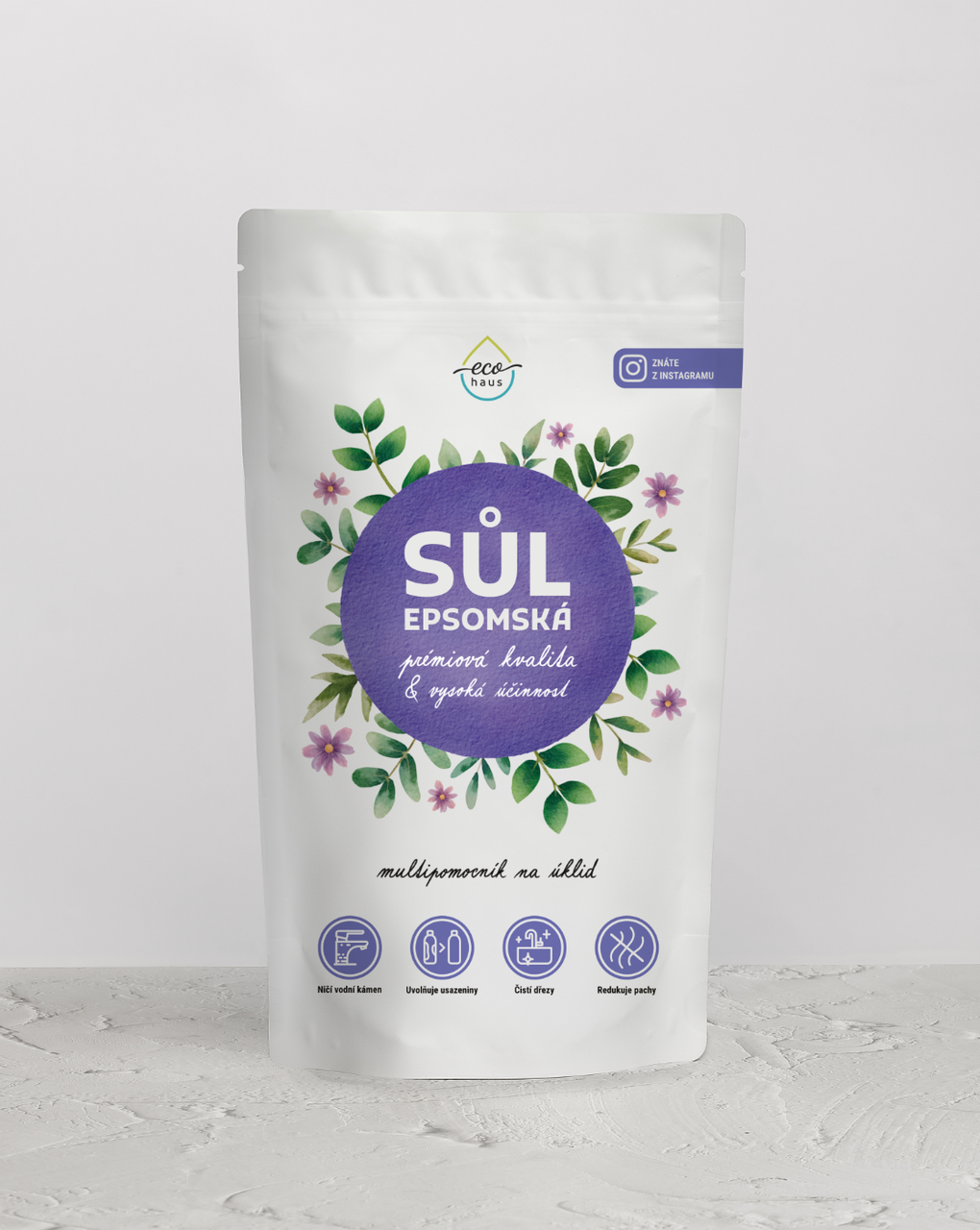
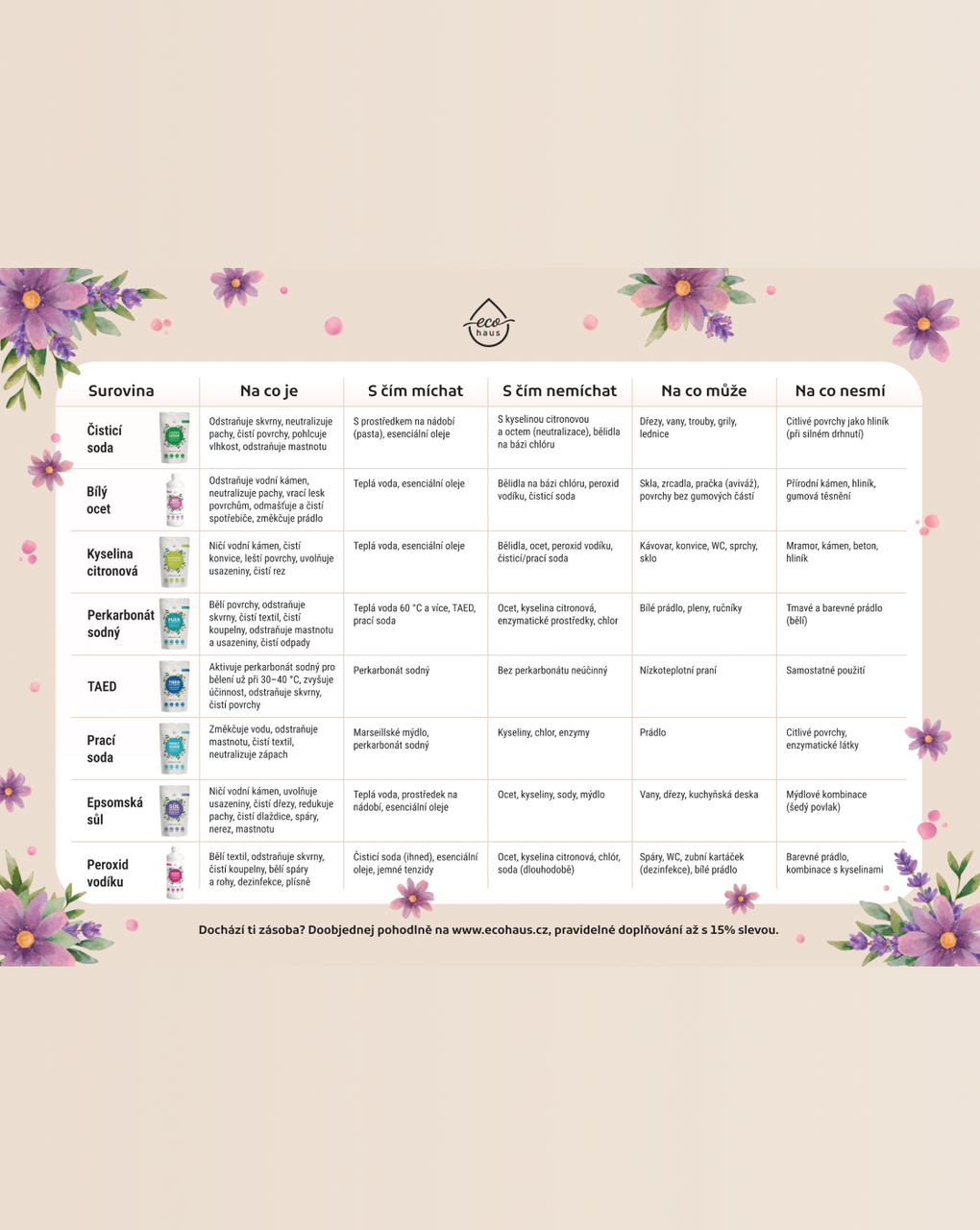
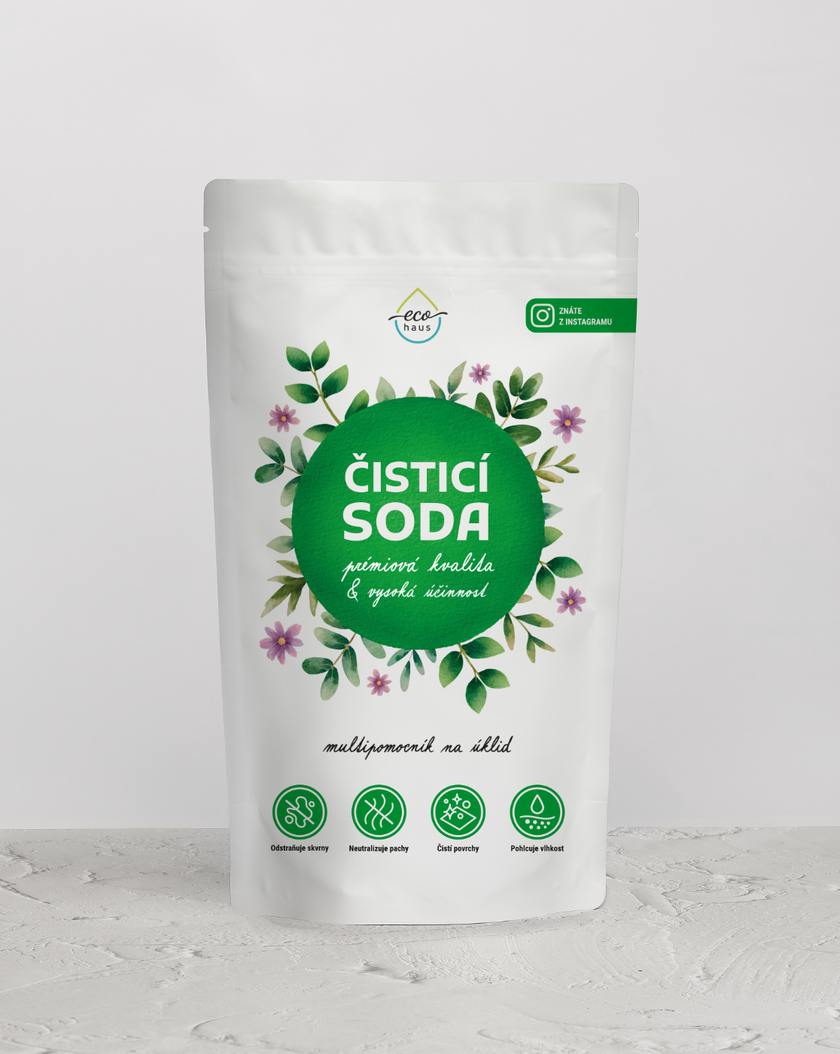
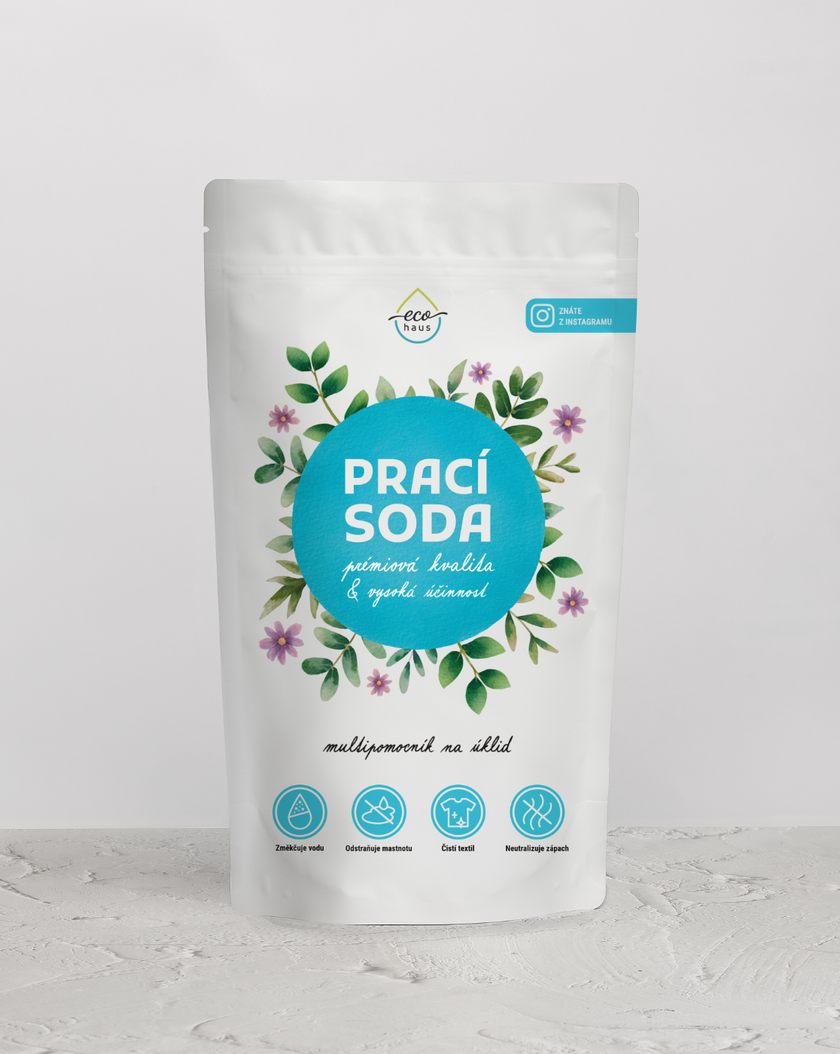
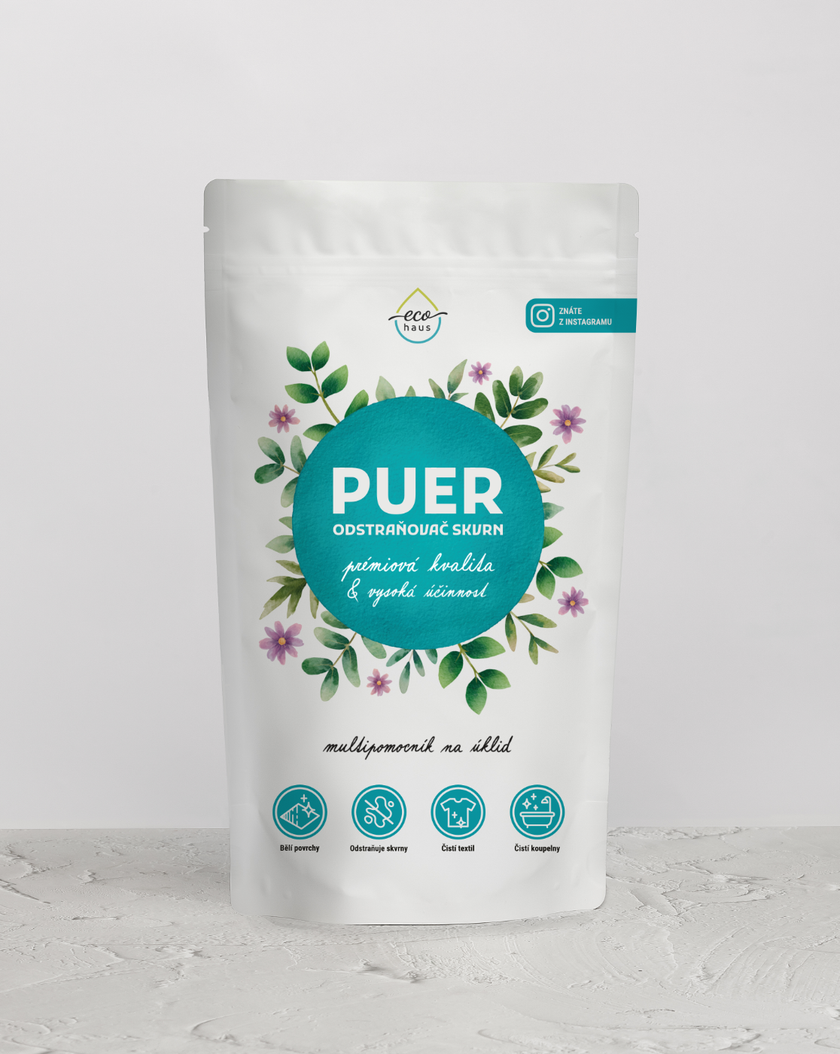
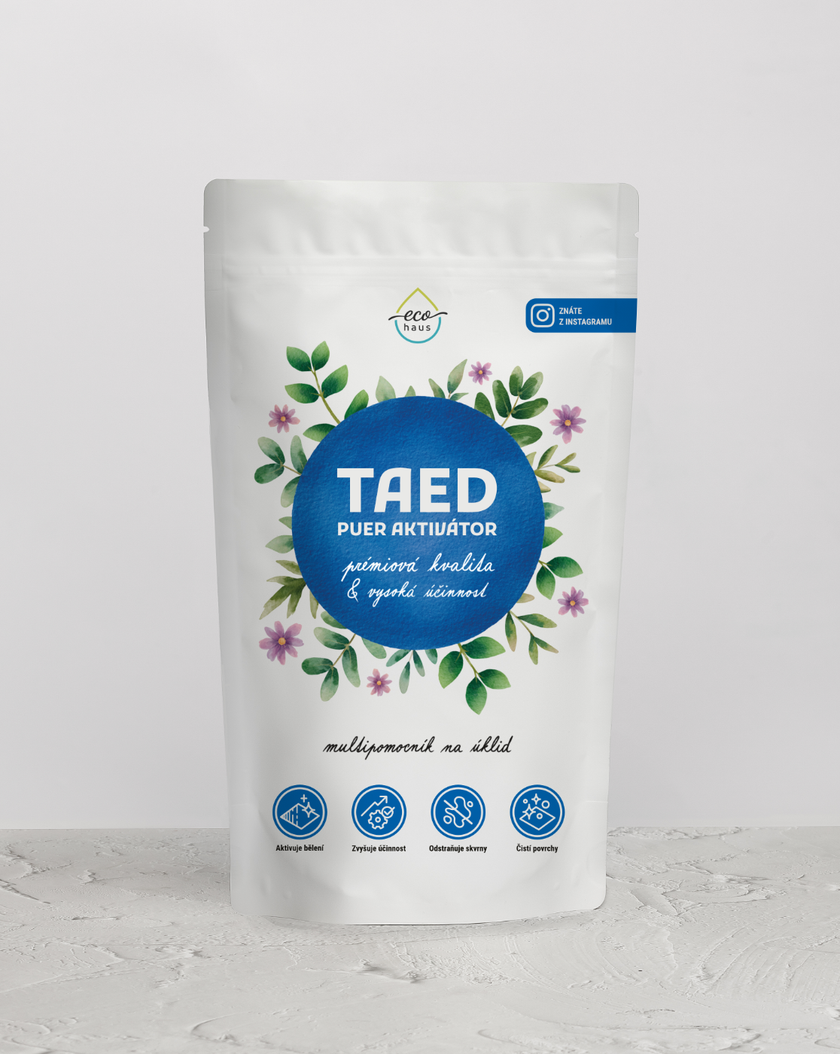
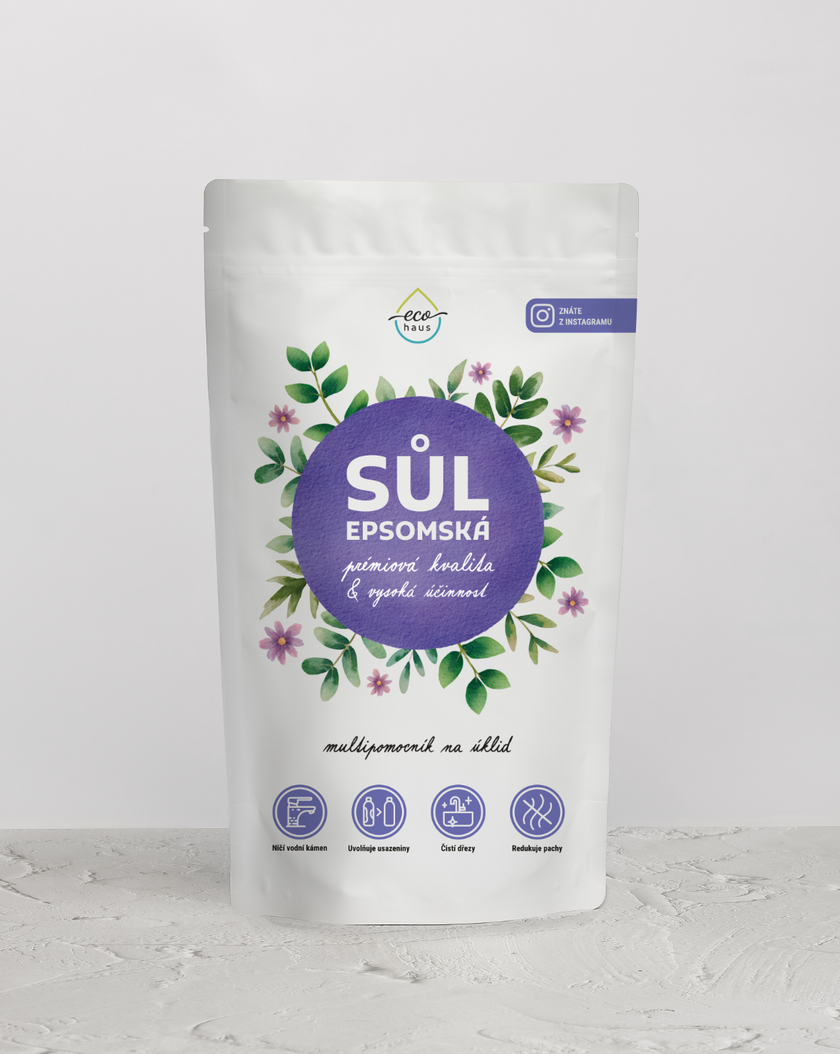
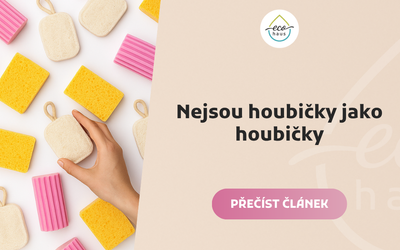
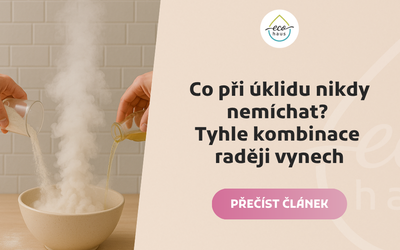
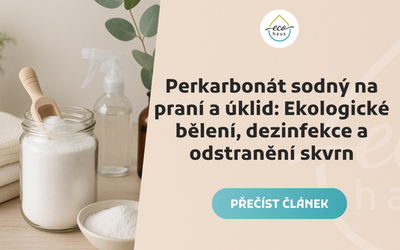




Comments (0)
There are no comments on this article. Be the first to leave a comment!